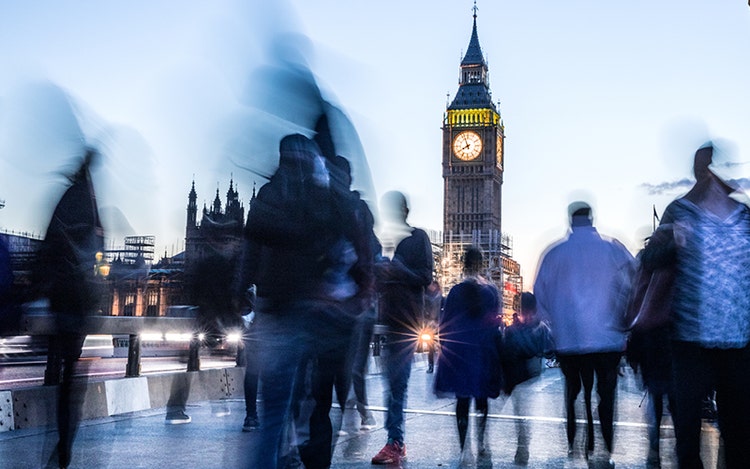Employment matters are complicated, compounded by regular changes in legislation. As an employer, you need to balance your business objectives and budgets, while ensuring you remain compliant with relevant legislation.
Our Employment Matters Hub explores everyday employment tax, HR, legal and payroll issues, offering specialist practical advice to help you keep on top of your employment matters.
You can sign up for our monthly newsletter direct to your inbox, and for regular seminar invitations via our preference centre.

Read more for practical advice on managing your employees, HR and people management policies.

Keep up to date with changes in legislation and how they could affect your payroll processes.

We’ll keep you ahead of the curve on legislative changes, plus advice on dealing with the impact on your workforce.

Explore practical support ranging from tax efficiency and compliance to incentivising staff.

Our tailored expatriate services are suitable for handling the affairs of any number of assignees.

Discover the share plan and reward options available to your business to help attract and retain the best talent.

